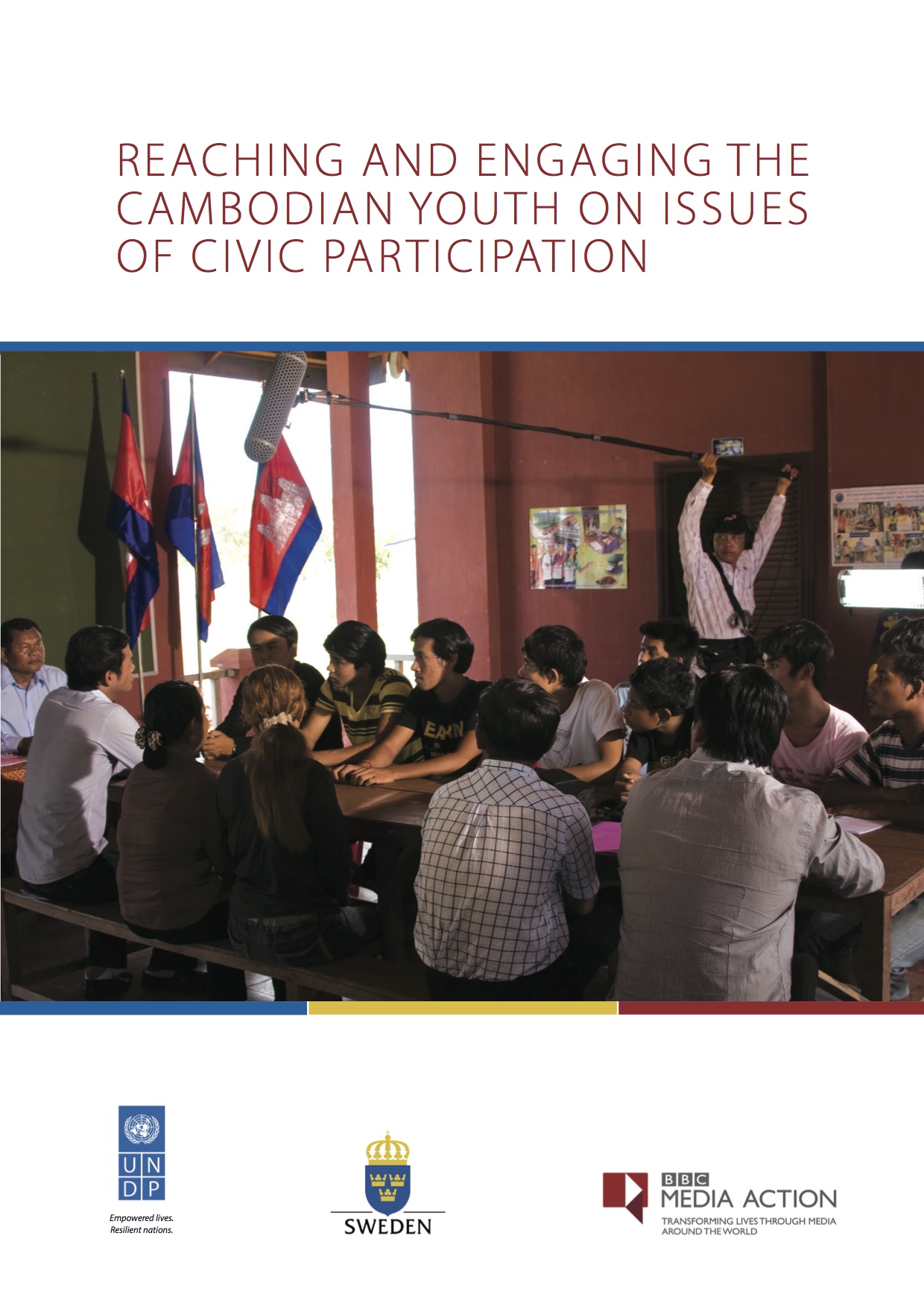Latest Entries
Report for the Human Rights Committee’s Task Force for the adoption of the list of issues on Cambodia
Publication Year: 2014 / Sources: FIDH (International Federation for Human Rights), LICADHOAs Cambodia prepares for the Human Rights Committee (the Committee) to consider the country’s second State Party Report (State Report), we must note that corruption remains endemic and violence against government critics is systematic. The nation’s corrupt and politically-influenced justice system continues to prosecute more government opponents, while State actors and well-connected individuals continue to enjoy unfettered impunity. Activists and journalists have been murdered and the authorities have consistently failed to properly investigate these crimes and bring the perpetrators to justice.
“Skin on the Cable” The Illegal Arrest, Arbitrary Detention and Torture of People Who Use Drugs in Cambodia
Publication Year: 2010 / Sources: Human Rights WatchCambodians who use drugs confound the notion that drug dependence is a self-inflicted condition that results from a character disorder or moral failing. When Human Rights Watch talked with these people, they were invariably softly spoken and polite. They talked openly and honestly about difficult childhoods (in many cases still underway) living on the streets, or growing up in refugee camps in Thailand. Often young and poorly educated, they spoke of using drugs for extended periods of time. Despite many hardships in their lives, their voices rarely became bitter except when describing their arrest and detention in government drug detention centers. They did not mince words when describing these places. One former detainee, Kakada, was particularly succinct: “I think this is not a rehab center but a torturing center.”
Beyond Capacity 2011: A Progress Report on Cambodia’s Exploding Prison Population
Publication Year: 2011 / Sources: LICADHOThe government’s singular attempt to address overcrowding can only be characterized as missing the point: In April 2011, authorities in Bantey Meanchey transferred 38 accused drug users from prison to a local “drug treatment” center run by the Ministry of Social Affairs, Veterans and Youth Rehabilitation (MoSAVY) – essentially another prison. A Human Rights Watch report described similar facilities run by the same ministry as being havens of torture, physical and sexual violence, and other depravity.
All of this means that Cambodia’s prisons are still bursting at the seams. At least 12 facilities are at or near double their intended capacity, and some are allocating less than one square meter of cell space per inmate. Construction of new prisons and cells continues, but it is clearly not enough.
The Cambodian NGO Committee on CEDAW (NGO-CEDAW) Shadow Report
Publication Year: 2013 / Sources: The Cambodian NGO committee on CEDAW (NGO‐CEDAW), The Cambodian Committee for Women (CAMBOW)The RGC in its combined 2010 Fourth and Fifth National Report (the ―RGC Report‖) on the Implementation of the International Convention on the Elimination of All Forms of Discrimination Against Women in Cambodia, makes specific reference to provisions in the Constitution and the Penal Code1, claiming that the existence of these provisions in and of themselves, alongside plans to pass additional laws, guarantees full equality of women with men in the protection and enjoyment of human rights, as well as protection from all forms of discrimination. The adoption of laws guaranteeing equal protection of women and non-discrimination should not be mistaken for the actual delivery of equal rights and non-discriminatory practices, and therefore satisfaction with the spirit and intent of the Convention. Since its last report, the RGC has achieved little measureable progress; stagnation being the norm, with some areas seeing regression.
Download: English | KhmerReaching and Engaging the Cambodian Youth on Issues of Civic Participation
Publication Year: 2014 / Sources: BBC Media Action, Research & LearningThis multimedia project aims to reach young people in Cambodia in order to improve civic knowledge and encourage youth to engage in civic participation. Key programme objectives include improving knowledge and awareness of opportunities for civic participation, gender equality and the skills required for the empowerment of youth. In the run up to the 2013 election, a number of TV and radio Public Service Announcements (‘spots’) were also produced as part of the project to provide key information to the youth target audience to inform them about the voting process.





